And for to see, and eek for to be seie
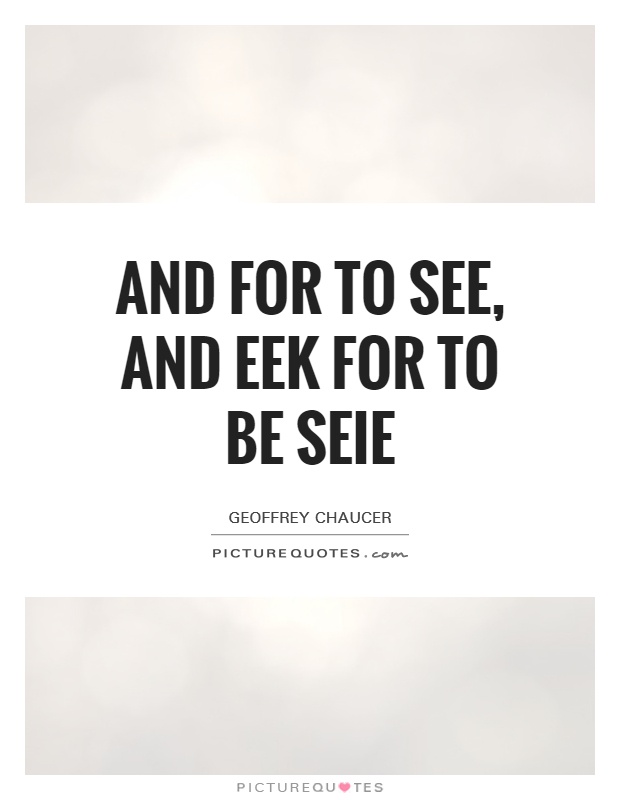
And for to see, and eek for to be seie
The line "And for to see, and eek for to be seie" is from Geoffrey Chaucer's famous work, "The Canterbury Tales." This line is spoken by the character of the Wife of Bath in her prologue. The Wife of Bath is a strong, independent woman who is not afraid to speak her mind and challenge societal norms. In this particular line, she is expressing her desire to be seen and heard, to have her voice and presence acknowledged.The Wife of Bath is a complex character who defies traditional gender roles and expectations. She is a wealthy and experienced woman who has been married multiple times and is not afraid to use her sexuality to her advantage. She is unapologetically confident and outspoken, and she demands to be seen and heard in a society that often marginalizes women.
The line "And for to see, and eek for to be seie" can be interpreted as the Wife of Bath's assertion of her own agency and autonomy. She is not content to simply exist in the background or be ignored. She wants to be seen and acknowledged for who she is, flaws and all. This line reflects her desire for recognition and validation in a world that often dismisses or diminishes the voices of women.
Chaucer's portrayal of the Wife of Bath as a strong and assertive woman was revolutionary for its time. In the medieval period, women were expected to be submissive and obedient, but the Wife of Bath challenges these expectations and asserts her own power and agency. She refuses to be silenced or marginalized, and she demands to be seen and heard.
Overall, the line "And for to see, and eek for to be seie" captures the essence of the Wife of Bath's character and her defiance of societal norms. It is a powerful statement of her desire for recognition and validation, and it resonates with readers who admire her strength and independence.
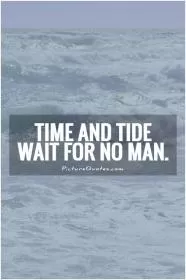
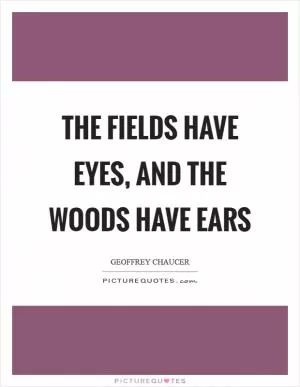
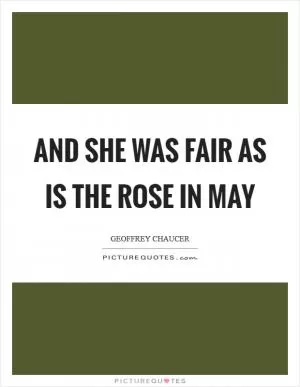

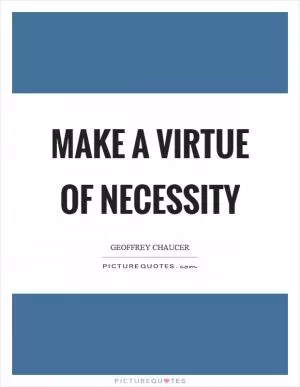


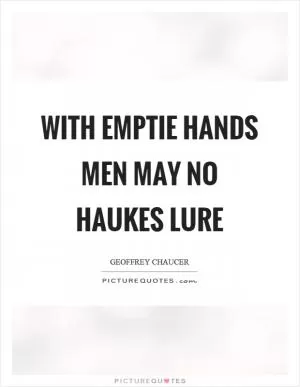
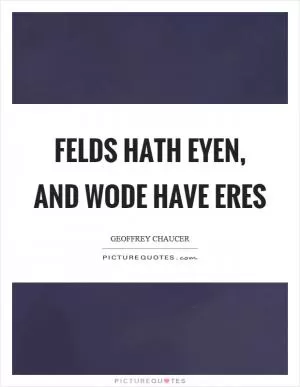


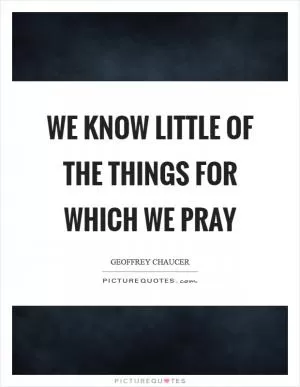
 Friendship Quotes
Friendship Quotes Love Quotes
Love Quotes Life Quotes
Life Quotes Funny Quotes
Funny Quotes Motivational Quotes
Motivational Quotes Inspirational Quotes
Inspirational Quotes